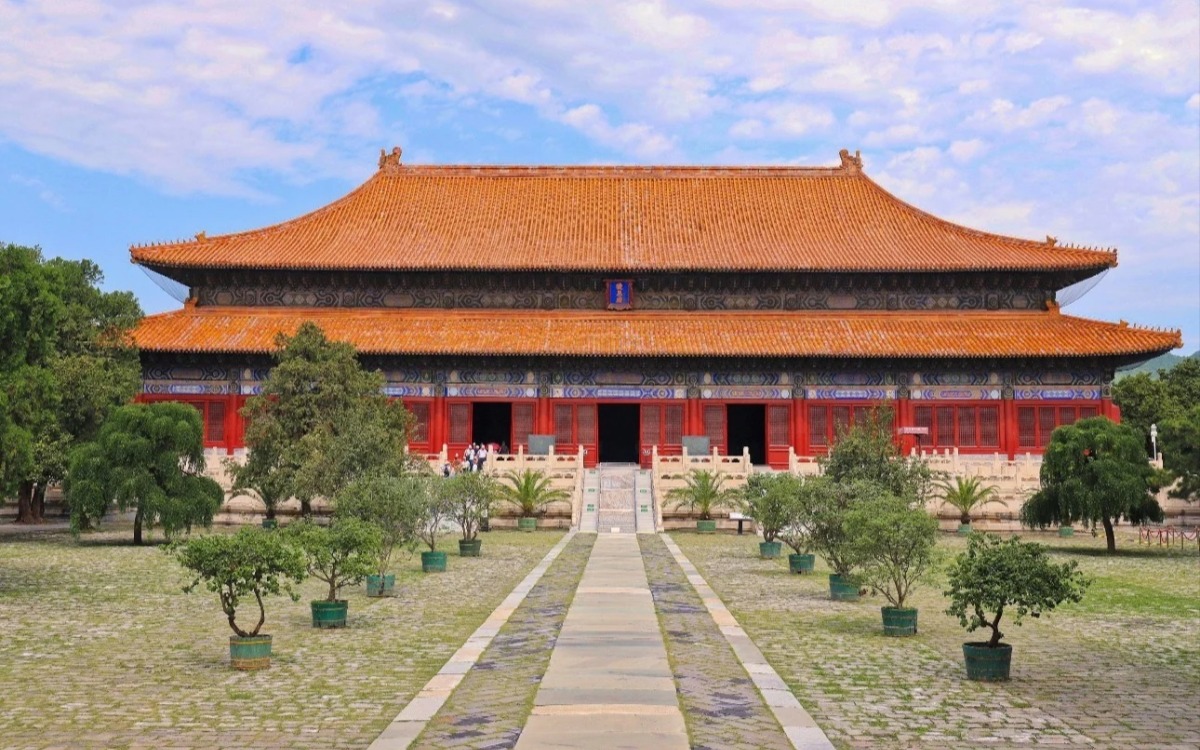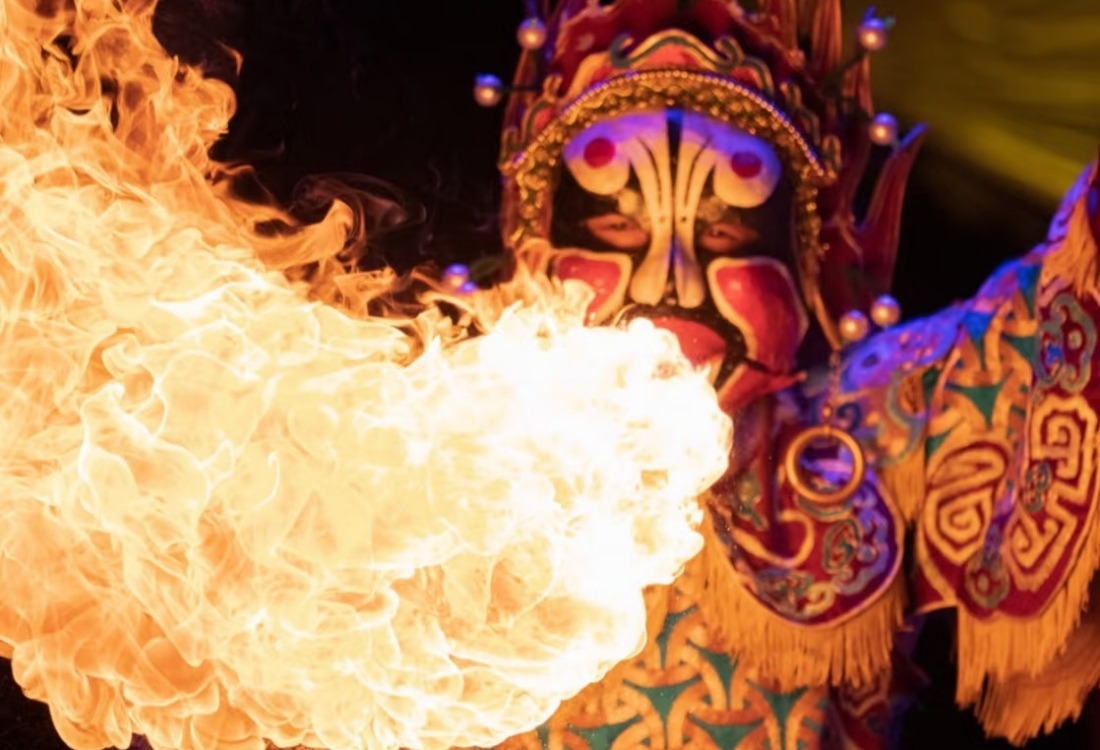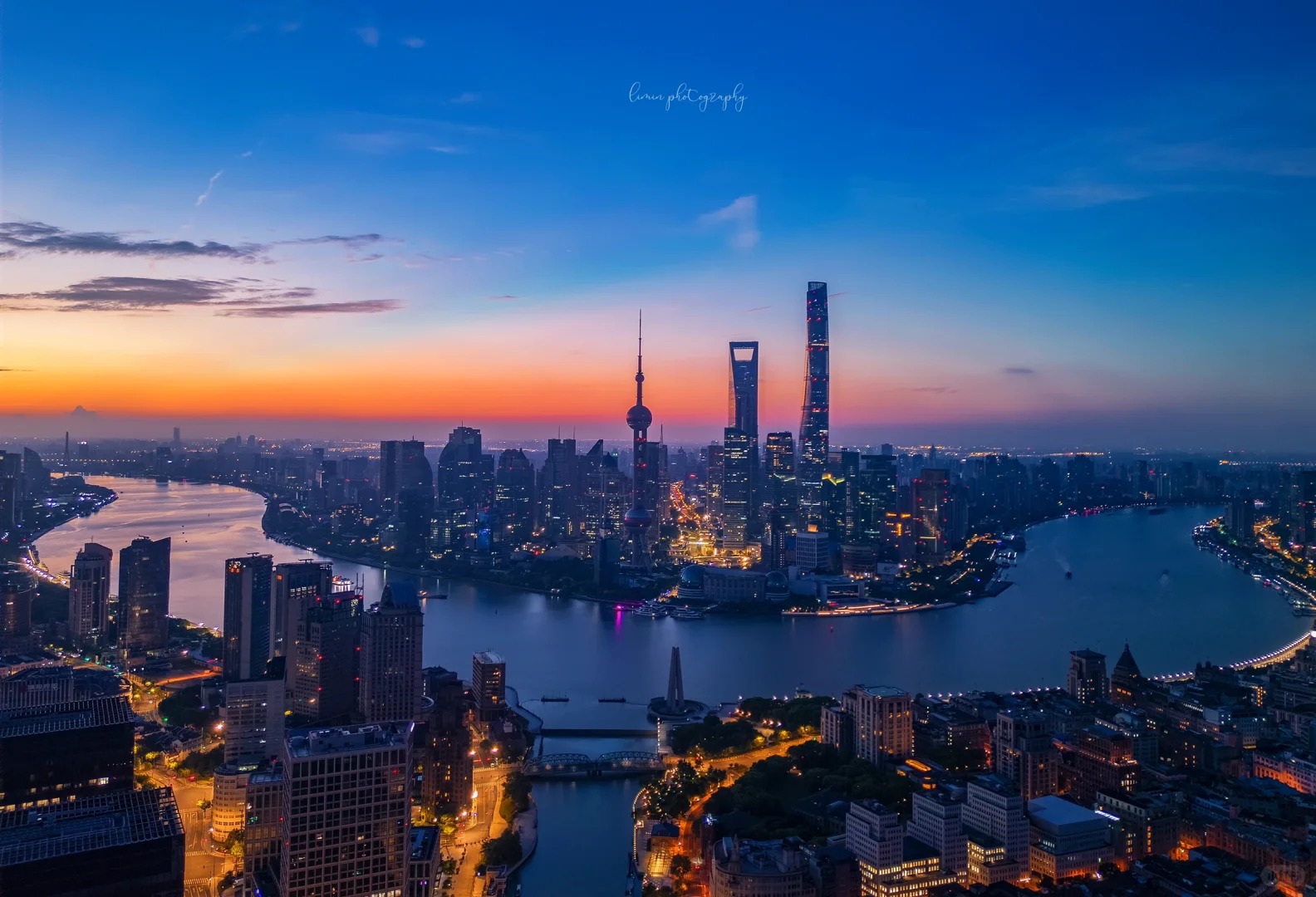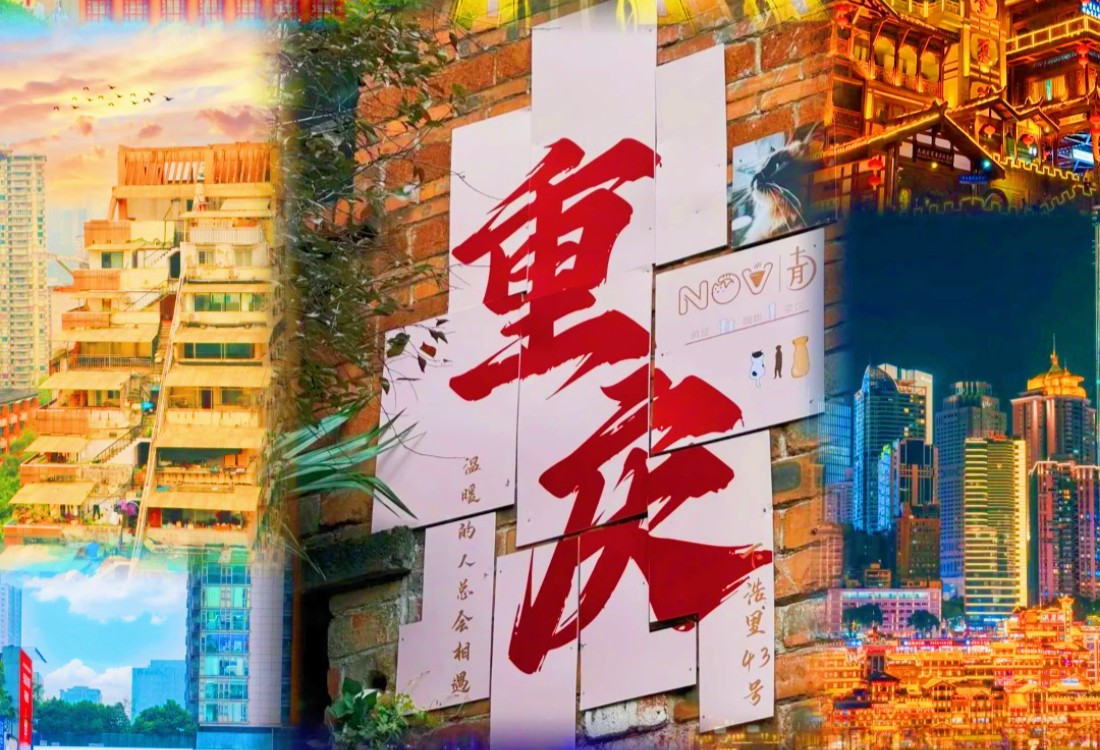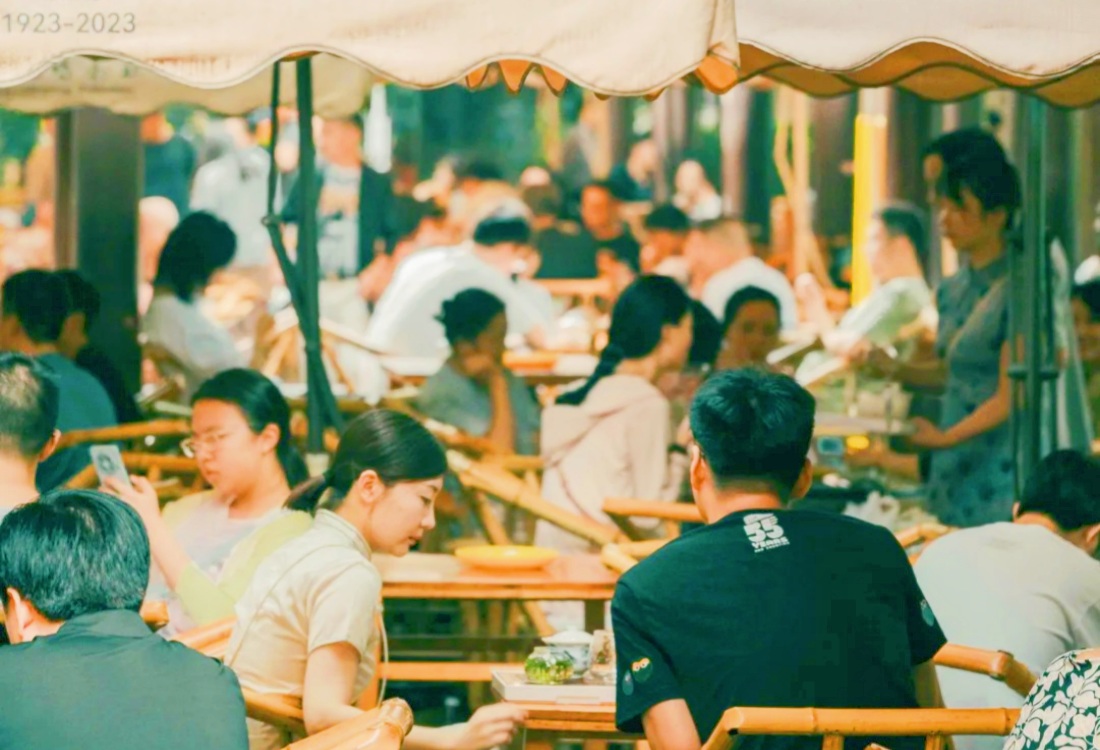Table of Contents
ToggleThe Ming Tombs in Beijing are one of China’s most important historical sites. These royal burial grounds offer peace, beauty, and insight into ancient Chinese culture. Located close to the city yet surrounded by nature, the Ming Tombs attract both history lovers and casual visitors. This guide shares useful travel tips and explains the best things to do while visiting.
What Are the Ming Tombs?
The Ming Tombs are a group of royal burial sites from the Ming Dynasty. Located at the southern foot of Tianshou Mountain, this site follows feng shui principles. Mountains guard the north, and a river flows in the south. The natural layout offers protection and harmony.
There are 13 emperors buried in this area. Each tomb has its own layout, but all follow traditional Chinese architectural styles. The largest and most visited tomb is Changling, built for Emperor Yongle. Others like Dingling and Zhaoling also show beautiful designs and hold deep historical meaning.
Walking through the Ming Tombs gives visitors a sense of calm. The wide paths, ancient trees, and quiet atmosphere help people connect with China’s royal past.
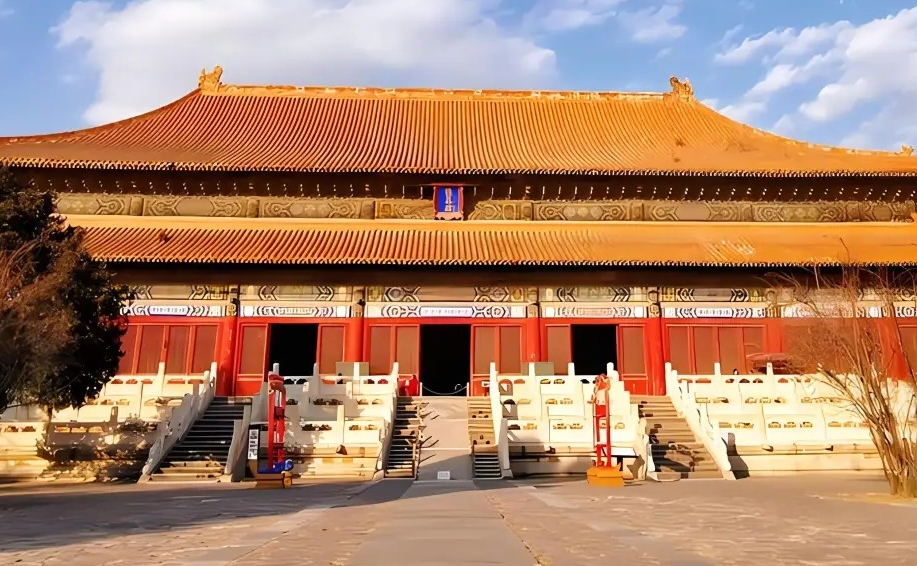
Why Visit the Ming Tombs?
UNESCO World Heritage Site
Recognized since 2003, the Ming Tombs hold deep historical and cultural value.Peaceful Location
Set in a scenic valley chosen by feng shui principles, the area offers a calm and natural setting.Remarkable Architecture
The tombs feature detailed craftsmanship in wood, stone, and marble—showcasing Ming-era design and engineering.Cultural Insights
The site offers a closer look at burial customs, imperial traditions, and the beliefs of the Ming Dynasty.Quieter Experience
Compared to other crowded attractions in Beijing, the Ming Tombs offer a more relaxed and reflective visit.
How to Get to the Ming Tombs
There are two ways to get there,however,you need to get a subway and bus card to take the subway or bus,And it requires a transfer, which is a bit inconvenient.If you sign up for our tour group, we will provide a special vehicle to pick you up and drop you off.
Subway and Bus: Take Subway Line 13 or Changping Line to Changping Xishankou Station. Then transfer to a local bus or ride a short taxi to the tombs.
Pravite Tour: Our organized tours offer day trips to the Ming Tombs, often combined with a visit to a section of the Great Wall (like Badaling or Mutianyu). This is an excellent option for first-time visitors as it typically includes transportation, an English-speaking guide, and a structured itinerary. This removes the hassle of navigating public transport and provides valuable historical context.
Leave early to enjoy a full day at the tombs and avoid traffic.
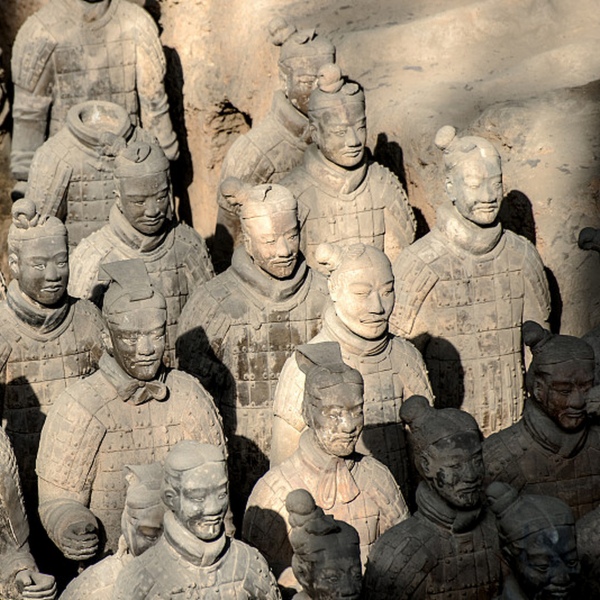
12 Days Ancient China Tour : Beijing Luoyang Xi’an Zhangjiajie
Best Time to Visit
The Ming Tombs are open year-round, but some seasons offer better conditions. Below is a table to help you decide when to go:
| Season | Weather | Scenery | Crowd Level | Recommendation |
|---|---|---|---|---|
| Spring | Mild, fresh | Blooming flowers, green trees | Medium | ⭐⭐⭐⭐ |
| Summer | Hot, humid | Shaded paths, green hills | High | ⭐⭐⭐ |
| Autumn | Cool, dry | Colorful leaves, clear air | Low–Medium | ⭐⭐⭐⭐⭐ |
| Winter | Cold, crisp | Peaceful views, fewer visitors | Very Low | ⭐⭐⭐ |
Morning visits are best. The light is softer, and the area is quieter.

What to See and Do: Exploring the Imperial Necropolis
The Ming Tombs scenic area is vast, but only a few key sites are open to the public. Prioritizing these will give you a comprehensive understanding of the site’s grandeur and historical importance.
The Sacred Way (Shéndào)
Start at the Sacred Way. It is 7 kilometers long. This road leads to the Ming Tombs. It was used for royal ceremonies.
First, you pass the Great Red Gate. It has three arches and looks grand. Next is the Stele Pavilion. Inside is a stone turtle holding a tall tablet. The Hongxi Emperor wrote the words on it.
Then, you see stone statues. There are 12 pairs of animals, like lions, elephants, camels, and mythical beasts. After that, there are 6 pairs of people. They show officials and guards.
Each statue is made from one big stone. They are tall and detailed. The walk is quiet and peaceful. It feels like stepping back into the Ming Dynasty.

The Open Tombs
Currently, three main tombs are accessible to visitors, each offering unique insights:
| Tomb Name | Emperor | Key Features | Excavation Status | Significance |
|---|---|---|---|---|
| Changling Tomb (長陵) | Emperor Yongle (Zhu Di) & Empress Xu | Largest and oldest tomb; impressive Ling’en Hall (Hall of Eminent Favor) made of nanmu wood; museum with artifacts. | Ground structures preserved; tomb mound unexcavated. | The principal tomb, setting the architectural standard for subsequent mausoleums. Reflects the peak of Ming power. |
| Dingling Tomb (定陵) | Emperor Wanli & his two Empresses | The only tomb with its underground palace (burial chamber) excavated and open to the public. Contains replicas of burial items. | Underground palace excavated in the 1950s. | Offers a rare glimpse into an imperial burial chamber, though the original artifacts are now mostly in museums. The excavation itself was controversial. |
| Zhaoling Tomb (昭陵) | Emperor Longqing & his three Empresses | Smaller scale but well-preserved; features a complete complex of surface buildings, including a unique crescent-shaped drainage channel. | Ground structures restored; tomb mound unexcavated. | Represents a later Ming tomb design, noted for its relatively good state of preservation and recent restoration efforts. |
The table above summarizes the key features of the three main tombs open to visitors, highlighting their historical importance and what you can expect to see at each.
Changling Tomb
Changling is the tomb of Emperor Yongle, the third Ming emperor, and his empress. As the first and largest tomb in the complex, it boasts grand palatial structures. The highlight is the Ling’en Hall (Hall of Eminent Favor), one of China’s largest surviving wooden structures, supported by massive nanmu wood pillars. Inside, you can see a statue of Emperor Yongle and exhibits of imperial robes and other artifacts.
Dingling Tomb
Dingling is famous for being the only Ming imperial tomb to have its underground palace excavated. Built for Emperor Wanli and his two empresses, the subterranean chambers, located 27 meters below ground, consist of five interconnected stone vaults. Visitors can descend into this “Underground Palace” to see the burial chambers, an experience that is both fascinating and somewhat eerie. While many original treasures have been moved to museums, replicas and the sheer scale of the construction are impressive.
Zhaoling Tomb
Zhaoling is the tomb of Emperor Longqing. While smaller than Changling and Dingling, it has undergone extensive restoration and offers a good example of a complete Ming tomb layout with its sacrificial halls and soul tower. It is generally less crowded, allowing for a more peaceful visit.

Walking Tips for Visitors
To enjoy your visit, be ready for a bit of walking. The area is large, and many paths are stone or dirt. Here are some simple tips:
Start early: Morning hours are cooler and less crowded.
Wear good shoes: Paths are long, and you’ll be on your feet.
Carry water and snacks: Shops are not always nearby.
Bring a hat and sunscreen: Some areas have little shade.
Check weather before going: Dry days are best.
Plan ahead: Pick two or three tombs to explore deeply.
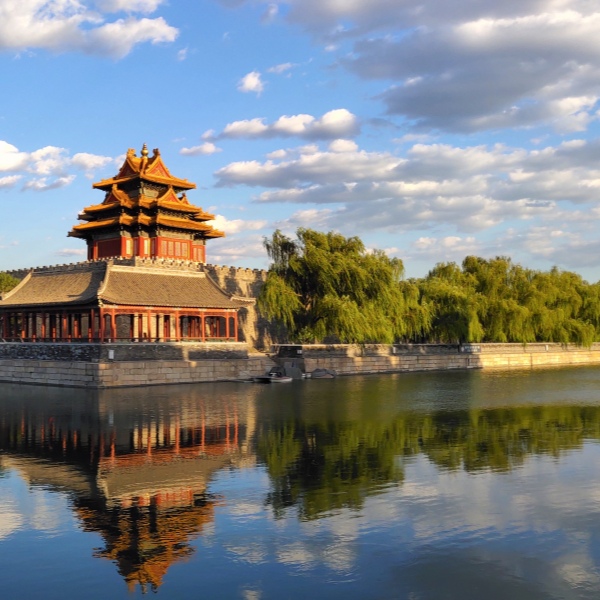
8 Days China Ancient Capitals Tour: Beijing Xi’an Luoyang
Suggested Walking Plan (Half-Day)
This plan helps you see key sites in a short time:
| Time | Activity |
| 08:00 AM | Depart from central Beijing |
| 09:30 AM | Arrive at Sacred Way entrance |
| 10:00 AM | Explore Changling Tomb |
| 11:00 AM | Visit Dingling and walk around |
| 12:30 PM | Finish visit or return to the city |
You can also extend the visit by adding other tombs or nearby attractions.
Nearby Places to Explore
Several interesting places are close to the Ming Tombs. You can combine your visit with these spots:
Badaling Great Wall: A strong, popular section of the Great Wall. It offers great views and solid stone paths.
Juyongguan Pass: Another section of the Great Wall with towers and archways. It is closer and less crowded than Badaling.
Beijing Dragon Boat Lake: A calm lake for resting or a short walk.
All these places add variety to your day and give you more insight into Beijing’s landscape and history.
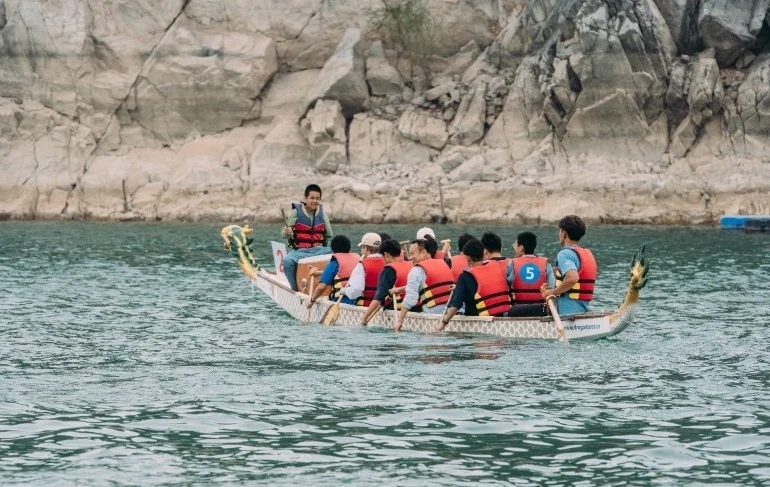
The Ming Tombs in Beijing offer a powerful travel experience. You walk among ancient buildings, tall statues, and peaceful nature. You learn about emperors, rituals, and traditions. The tombs are easy to reach and offer plenty to explore.
Plan your visit with care. Follow walking tips and visit in the right season. The Ming Tombs are more than a historic site. They are a quiet, beautiful place that helps you understand the past while enjoying the present.
Whether you are a first-time visitor or a returning traveler, the Ming Tombs are a top destination in Beijing worth seeing.
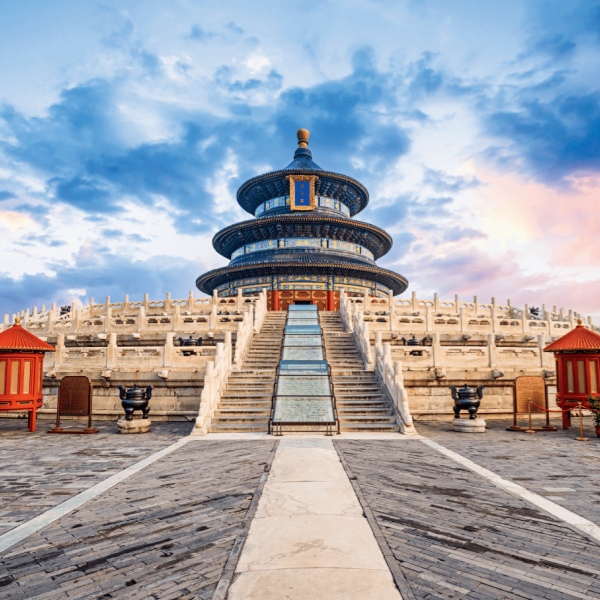
1 Day Beijing Day Tour : From Tian’anmen Square to Jingshan Park
FAQs: Ming Tombs in Beijing
How long should I spend at the Ming Tombs?
Plan for at least half a day to explore two or three tombs and the Sacred Way. If you want to see everything, you may need a full day.
Which tombs are the most famous at the site?
Changling, Dingling, and Zhaoling are the most popular. Changling is the largest and best preserved. Dingling includes an underground palace.
Are the Ming Tombs worth visiting on a short trip to Beijing?
Yes. They offer a unique look at China’s royal past and are less crowded than other major attractions like the Great Wall or Forbidden City.
Are there any nearby attractions to visit after the Ming Tombs?
Yes. The Badaling Great Wall, Juyongguan Pass, and Dragon Boat Lake are all nearby and make great additions to your trip.
Do I need a guide to visit the Ming Tombs?
A guide is not required, but it can help. Most tombs have signs in English and Chinese.

